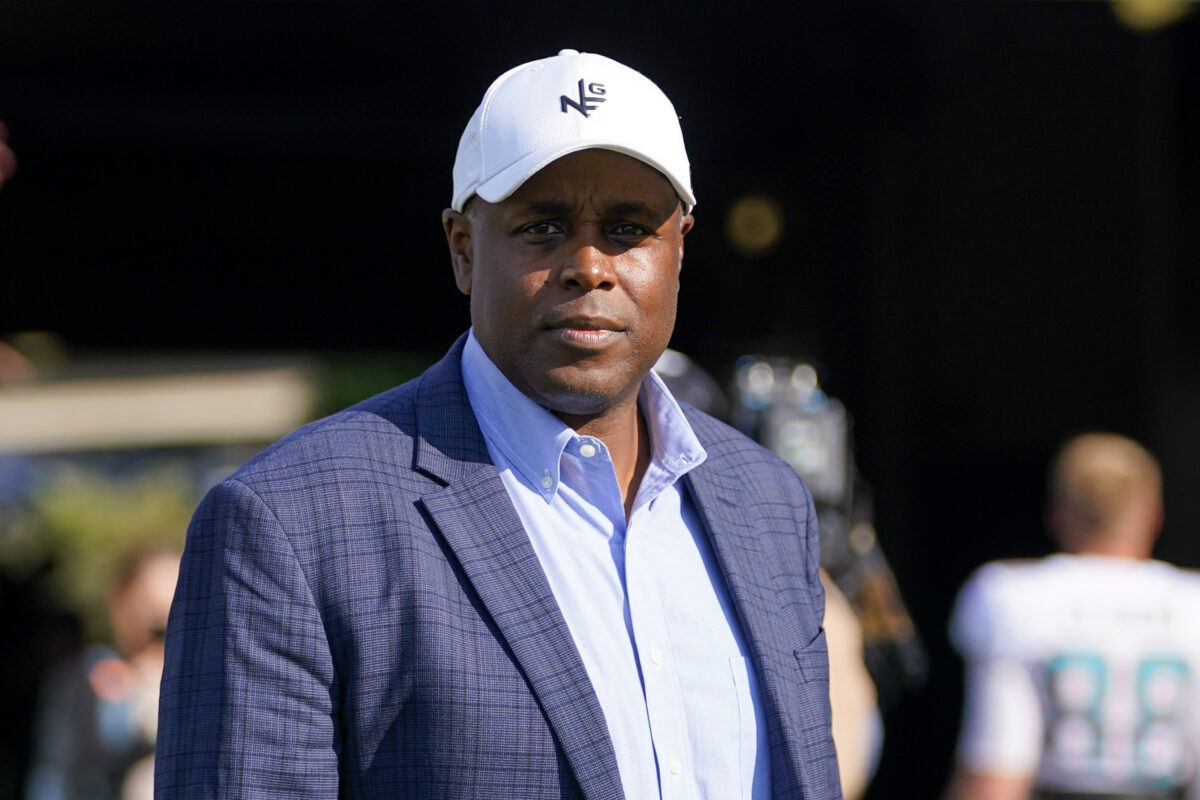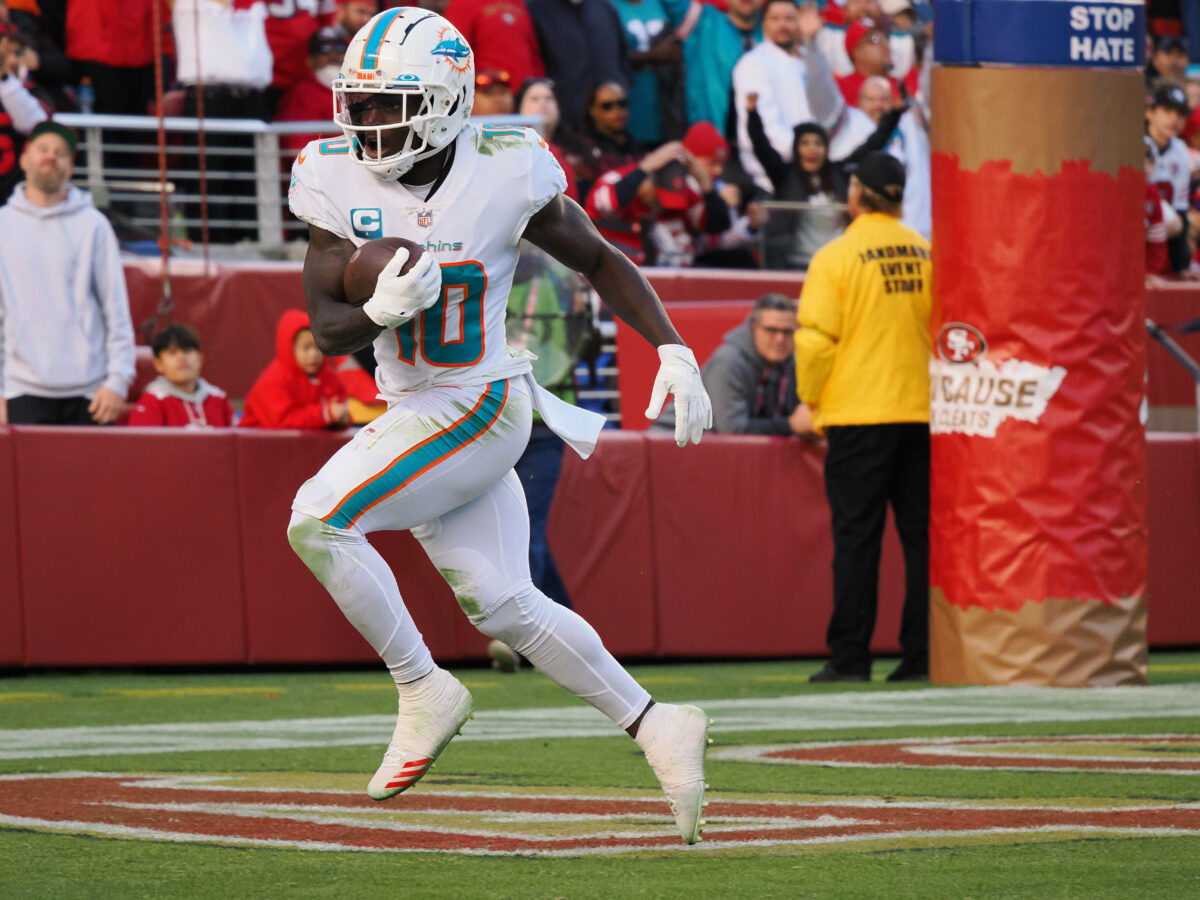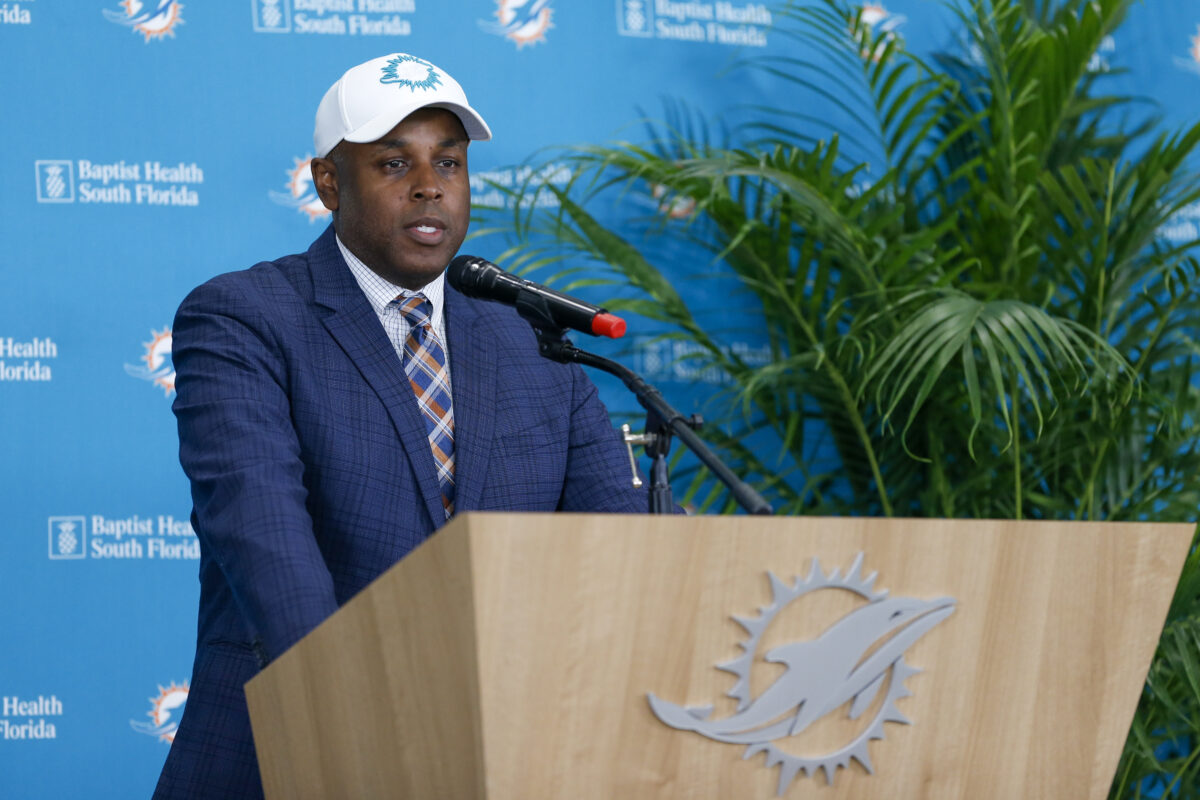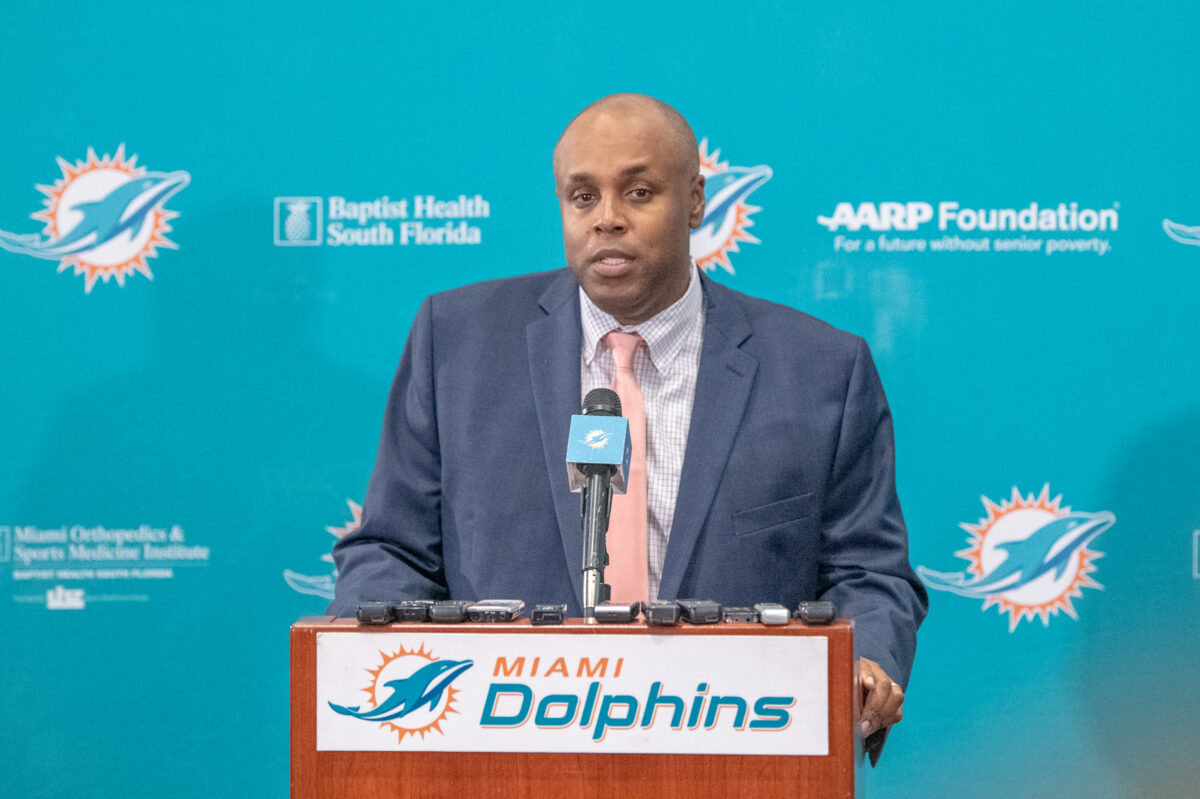The Miami Dolphins are officially in salary cap-cutting mode heading into next week’s free agency and trading opening around the league.
Miami has made several business decisions this week, most notably deciding not to franchise tag defensive tackle Christian Wilkins, which will allow him to hit the open market in free agency
In addition to passing on putting the tag on the league’s leading tackler among all defensive tackles since 2019, general manager Chris Grier and the Dolphins have parted with linebacker Jerome Baker.
There were reported attempts to renegotiate his contract, but Baker was ultimately released. While there could be a window in a few months to bring him back on a discounted deal, this move was inevitable for the Dolphins to get cap-compliant next week.
Baker’s release frees up roughly $9.8 million in salary cap 2024 for the Dolphins and comes with a dead cap of $4.9 million. The team also saved $2.9 million for 2024 by releasing defensive back and special teamer Keion Crossen.
Miami enters Wednesday, March 6, over the 2024 salary cap by $18.83 million. In exactly a week, at 4:00 p.m. ET, teams must be under the cap, and while that negative $18.8 million may seem daunting, there are several paths to getting into the black here.
Remember, this number doesn’t include the roughly $18 million that Miami will recoup post-June 1 from the Xavien Howard release. Of course, that money will be aimed at paying the rookie draft class, the second wave of free agency, any potential holdovers of potential re-signings of unrestricted free agents, or even a person like Baker.
Getting cap compliant can come from several combinations, and while restructuring contracts does kick the can down the road a bit, strategic reworkings of contracts for specific players could give Grier the keys to unlock what would be needed to retain and even bring in the proper talent.
With unrestricted free agents like Andrew Van Ginkel, Robert Hunt and Connor Williams joining Wilkins in this class, the Dolphins will have plenty of work to do in the next few days, even to give themselves the chips to sit in the middle of the table and offer some or even one of these players.
The easiest path to freeing money is via cuts, and there are about a half-dozen candidates for non-core players like a depth running back and backup linebacker, which can add several million back into Miami’s 2024 cap.
Restructuring veterans’ deals would be a more hazardous road with more work. Here are the players whose contracts could be restructured to help the Dolphins with their 2024 cap and upcoming free-agency efforts.
Wide receiver Tyreek Hill is contracted through 2026, and restructuring his contract would save approximately $12.54 million in the 2024 cap, per Over the Cap. This would kick that money down the line over those next two years of the contract by around $7 million each on those salary caps in 2025 and 2026.
Cornerback Jalen Ramsey has the easiest path to a near-instant compliance scenario. He’s set to have a potential 2024 restructure savings of $18.67 million, and according to Over the Cap, about $5-6 million in each of 2025 and 2026 would be added to those cap figures.
With these two contracts being the most fiscally beneficial for the Dolphins, another tricky option could be with linebacker Bradley Chubb. Regardless of saving around $14 million in potential 2024 savings on a restructure, moving money down the line on an injured player whose contract has an out next season may not be the most prudent move for Miami financially.
Another name to watch for potential easy restructuring is Zach Sieler, which could add around $5.5 million for 2024 while just placing about $3 million in 2025 and 2026.
Alec Ingold can work a quick restructure and save $1.7 million for 2024 without making a significant dent in the following years.
Lastly, the two longest-tenured Dolphins in Durham Smythe and Jason Sanders can restructure their contracts to free up $1.2 million and $1.9 million, respectively.
Miami has several paths to salary cap freedom and flexibility to do business when the free agency and trade markets open in a week. The question is, just how much business can they get away with, and how significant will that potential business be?
The action should continue this week. On March 11, teams can negotiate with their own unrestricted free agents, and just two days later, it’s open season for NFL moves around the league’s landscape.




